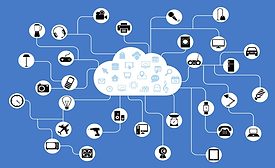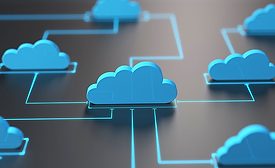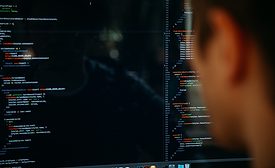Cybersecurity News
Telework exposes U.S. government employees to increasing credential-theft mobile attacks
New Lookout Threat Report: 70% of government-focused mobile phishing attacks sought to steal credentials in 2020.
February 24, 2021
Sign-up to receive top management & result-driven techniques in the industry.
Join over 20,000+ industry leaders who receive our premium content.
SIGN UP TODAY!Copyright ©2024. All Rights Reserved BNP Media.
Design, CMS, Hosting & Web Development :: ePublishing










